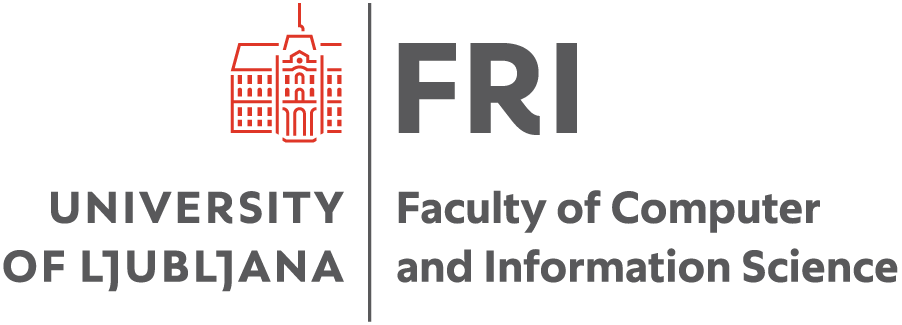RI
- Credits:3
- Semester: summer
- Contents
Computer Vision in Biometrics
Prerequisites: Good programming skills and knowledge of Python.
Course content is divided into three main parts:
(I) data acquisition and the importance of unbiased and balanced datasets,
(II) image detection and segmentation for further object analysis,
(III) recognition of people and objects.
Students will be assessed through 5 seminar assignments.
Weekly content:
- Week 1: Introduction to computer vision and biometrics. Students learn to import, display, save, and modify images—resizing, cropping, color conversion, brightness, and contrast. They practice image enhancement using histogram equalization, convolution for sharpening and blurring, edge detection, and image segmentation.
- Week 2: Overview of biometric modalities: face and facial parts (ears, eyes and parts of eyes), fingers, gait, speech, action recognition, etc.
- Week 3: Introduction to object detection. Students explore several preprocessing techniques for object detection. They learn how Haar cascade pyramids work and implement face detection using webcam capture.
- Week 4: Deep learning models are introduced. Students learn about key object detection models such as Fast R-CNN and YOLO, and preprocessing techniques for deep learning. Evaluation of detection algorithms and implementation approaches are discussed.
- Week 5: Students learn semantic image segmentation with biometric examples, from basic thresholding to advanced segmentation with deep models.
- Week 6: Continuation with U-Net and Mask R-CNN models, with evaluation on student datasets.
- Week 7: Introduction to object tracking and practical pose estimation using human action recognition.
- Week 8: More advanced tracking techniques are covered, including tracking in crowds and dense environments.
- Week 9: Fundamentals of person recognition and soft biometric traits. Techniques for recognition by comparison and algorithm performance evaluation are introduced, along with real-world application.
- Week 10: Feature extraction and recognition using pattern analysis methods.
- Week 11: Continuation of Week 10, with various approaches for comparing extracted features.
- Week 12: Deep learning approaches for recognition in images, including specific models such as ResNet, EfficientNet, and ViT.
- Week 13: Continuation of person recognition using deep models and real-world solutions.
- Week 14: Students integrate detection and recognition components into a complete biometric pipeline. They are introduced to state-of-the-art methods and application examples.
- Week 15: Students learn the basics of bias, fairness, and ethics in AI and computer vision. They understand bias and fairness in image datasets, explore strategies for collecting and organizing unbiased image data, and implement techniques for data annotation. Multiple bias mitigation techniques are applied to existing datasets.
- Study programmes
- Distribution of hours per semester
15
hours
lectures
45
hours
laboratory work
- Professor


